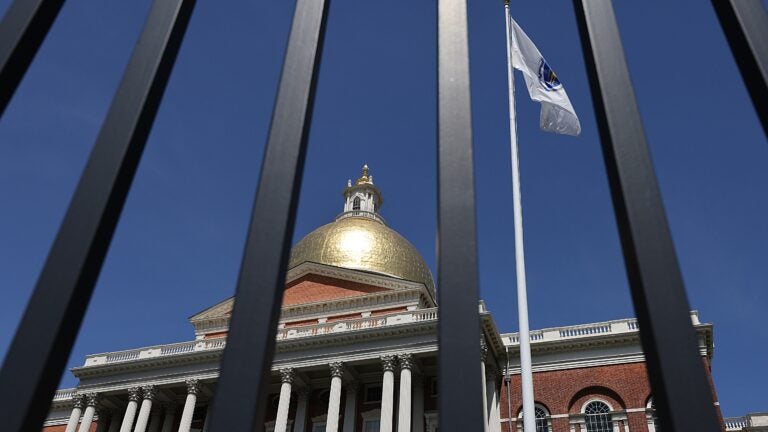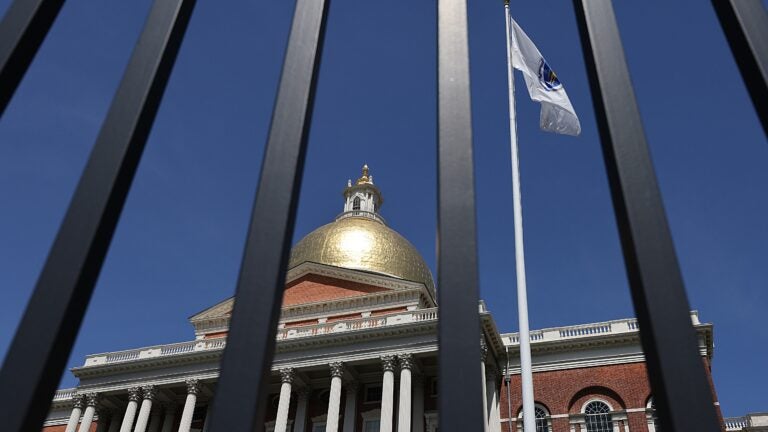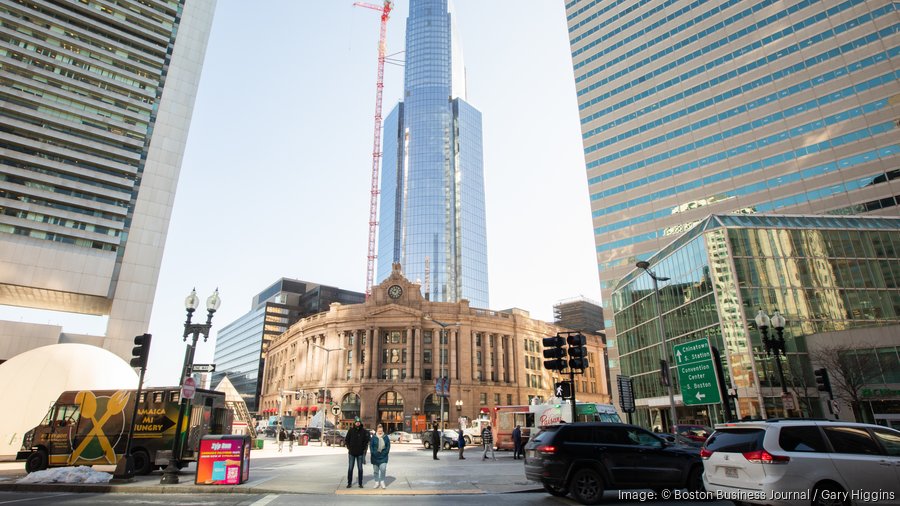themissinglink
Senior Member
- Joined
- Jan 13, 2018
- Messages
- 1,511
- Reaction score
- 3,837

Boston’s economy is among the strongest in the US, rating agencies say, despite looming uncertainties - The Boston Globe
Despite threats both to the value of downtown office towers and to federal research funding that flows through the city, Boston’s economy is among the strongest in the country, two premier credit rating agencies said.
For the 12th consecutive year, Boston has maintained AAA bond ratings from both Moody’s Ratings and S&P Global Ratings — an achievement Chief Financial Officer Ashley Groffenberger likened to winning the “finance Super Bowl.”
[...]
Moody’s noted Boston’s “sound fiscal management” and economic resilience, driven by a diverse mix of industries and anchored by word-renowned health care and educational institutions. However, analysts noted, uncertainty regarding tariffs, immigration, and cuts to the National Institutes of Health funding and other federal support for research and education could lead to higher unemployment, slower economic growth, and demographic shifts.









